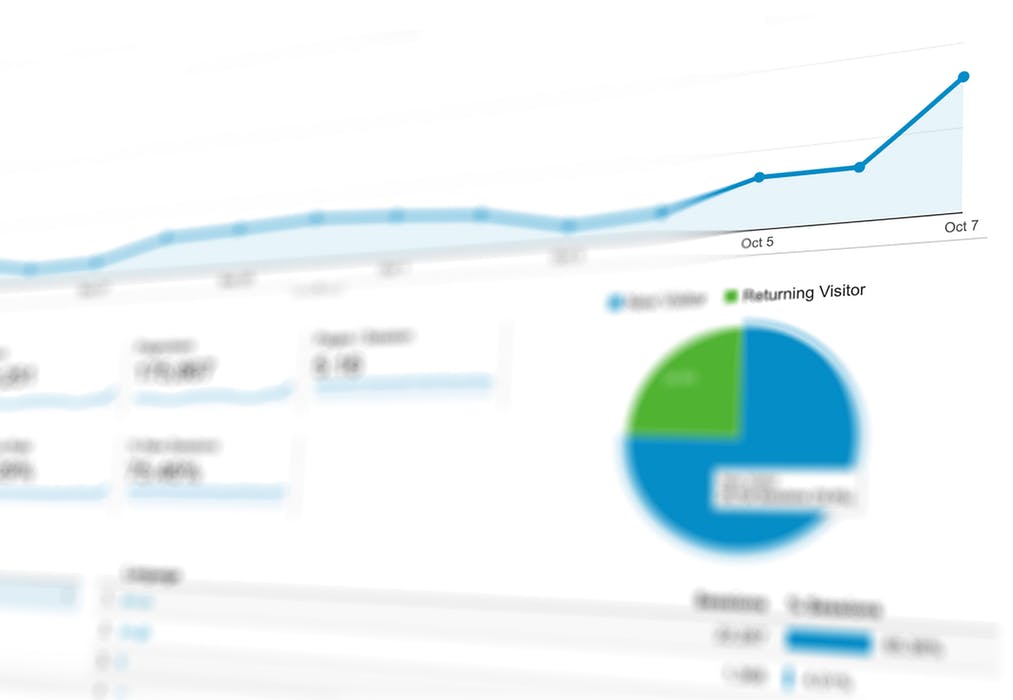There are many factors that go into having a good strategy for SEO service. While the process involves content and strategy, there are also technical elements that should not be ignored. Having the technical side of SEO down is essential and often the first step to building a better site.
If you’re not with technical know-how and managing sites, you should probably consider hiring someone to look over your site for you. There are a lot of aspects when it comes to website design, and overlooking key issues can be harmful for your business.
Here are some technical mistakes you should definitely avoid when setting up your site!

Duplicate content issues
Having duplicate content issues on your website could be detrimental to your SEO. Search engine algorithms are built to recognise duplicated material, and your ranking will be penalized for this – especially in terms of plagiarism.
It’s not a good idea to duplicate any content you have on your own website, either. Search engine algorithms will be confused about which to rank higher, and you’ll be competing against yourself for a spot.
It’s better to consolidate your information so that you have a few, solid informative pages rather than multiple pages for the same purpose.
Deficient site speed and user experience
This is one of the key technical mistakes not to make when dealing with SEO! Having a seamless user experience is essential for your site to do well.
Issues such as a slow site speed and inefficient site design will do no favours for your business’ performance. Especially if you are operating an e-commerce site!
A slow loading speed can directly affect your ranking in the search results, particularly for mobile. It also means users are more likely to bounce and might click on another site from the search results – which could also affect your ranking.
You can consider making some changes to your site such as compressing images and replacing particularly slow plugins that are affecting page speed.
Not mobile-friendly
As people are more likely to browse online with a mobile device than on a desktop, it is becoming more important to optimise for the mobile audience.
Not having a mobile-friendly site could increase the bounce rate on your site and is detrimental to the user experience. You can test out the accessibility of your site on a mobile device using Google’s Mobile-Friendly Test Tool.
Some issues might include that the font is too small to read on a mobile screen or the touch elements are too close, affecting the functionality of the site. These are all things you can change to improve the mobile user experience!
Your pages aren’t being crawled or indexed
You could have the best site in the world, but if it isn’t being crawled and indexed by search engines, there’s virtually no point. In order for your site to appear in search results, it must be accessible to be crawled and indexed by Google.
Make sure that your code does not include ‘noindex’ and that your page is sufficiently linked and connected to your other webpages. If your site is brand new, keep in mind that it might take a while for Google to index it. Create backlinks in your content will help to increase the presence of your page.

Issues with crawl depth
Crawl depth refers to the amount of clicks it takes to reach a certain page. Tip: if it’s more than three, that’s not a good sign! Remember that you want every page to be easily accessible to the user, so you should aim to display your page links clearly.
This will also help to make it easier for Google to find and index your pages, increasing their presence in the results.






About The Author: Tina Richardson
More posts by Tina Richardson